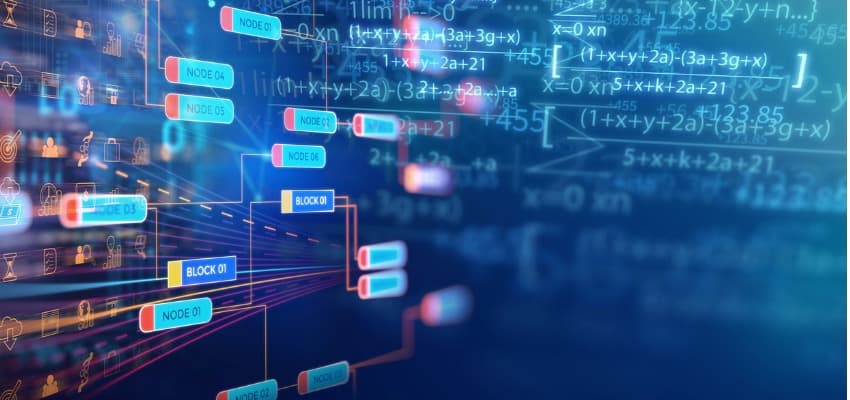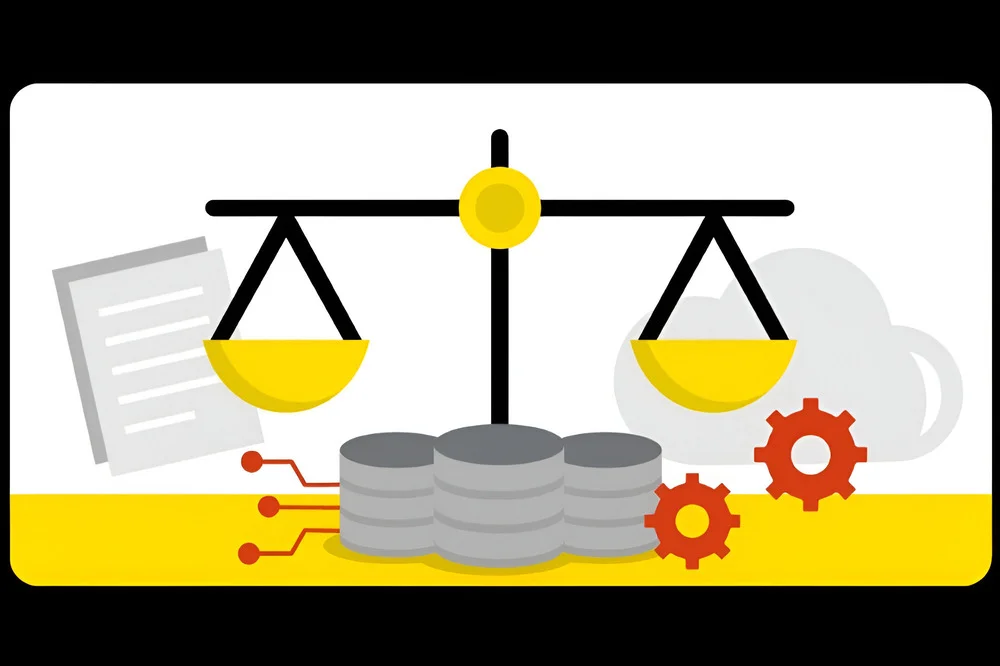Machine learning vs deep learning: Differences and similarities

“Machine learning” and “deep learning” are often considered interchangeable terms. Both are statistical modelling techniques, both can be used for making predictions, one is a subset of the other and they are both subsets of artificial intelligence.
However, an examination of machine learning vs deep learning reveals clear differences between the two, including when each should be applied. With the increasing importance of AI in modern business, an educational background in a field like data science can lead to expertise that employers value.
What is machine learning?
Machine learning is the more basic of the two learning methods as it involves the machine being taught the meanings of a specific set of data so that it can eventually develop specific and pre-defined outcomes on its own. Algorithms, or sets of rules that the machine must follow in order to produce an outcome, tell the machine what it must look for and how it must interpret data.
An example of what machine learning is might be a machine being taught to recognise common types of malware, despite the malware constantly changing shape and form. The coding within various types of malware tends to share specific similarities, meaning machines can be taught to weed out nefarious applications from massive pools of data. As the malware develops and evolves, so does the machine’s knowledge.
In machine learning, a machine can modify its data analysis parameters in order to continue to produce the defined outcome. The machine is smart and it learns, but only toward a certain goal or purpose. For instance, a machine might be taught to tell the difference between an orange and an apple. In order to achieve this, the machine might be fed data relating to weight, shape, skin texture and colour, until it can reliably differentiate one from the other.
This is why projects with less data are more fitted to machine learning. If there are only a few data points to be used as specific references – such as weight, colour, texture, etc. – then machine learning will likely do the job admirably.
And while machine learning can also be used for complex, data-intensive tasks, such as predicting a user’s taste in music, it is fairly basic compared to deep learning.
What is deep learning?
If a computer has been taught to do so, it will be able to make sense of new information via analysis and assign the result of that analysis into a pre-set category, such as orange or apple, malware or safe download or dog or cat. But what if it hasn’t been asked to come up with a specific outcome or to identify defined items? What if it could recognise entirely new patterns and trends, some that are too complex to be noticed by the human brain?
This brings us to what deep learning is, which can generally be defined as utilising neural networks that are many layers deep to provide an interpretation of the data. In other words, deep learning involves the analysis of large sets of data to identify outcomes, patterns, results or interpretations that have not been previously defined. In this way, deep learning comes much closer to imitating the way the human brain works and, like the human brain, it can have surprising results. In deep learning, algorithms are many layers deep, allowing the machine to come to its own conclusions.
So, for example, imagine a collection of images of aeroplanes and helicopters. A machine learning approach would involve teaching the machine to label each image as “aeroplane” or “helicopter” by feeding the machine enough examples of each that it builds up a database of data points that enables it to tell the difference on its own.
The deep learning method, on the other hand, would be for the machine to analyse specific features of each image and come up with categories. To produce accurate outcomes more data would be required for deep learning than machine learning. However, once complete, deep learning would likely create not just a category for helicopters and a category for aeroplanes, but also various categories for different sizes of vehicles, colours, wing shapes, numbers of windows and more.
Similarities: Machine learning vs deep learning
Machine learning and deep learning are methods of artificial intelligence that apply algorithms to data. Both also rely on neural networks, which are computer systems modelled on human analysis patterns.
Both methods also offer massive power to their users that can pay dividends in many professional fields. Businesses are increasingly interested in applying these techniques to their business processes to gain a competitive edge. According to DiUS’s survey-driven “Machine Learning in Australia: National Pulse Report 2021”, 82 per cent of participating organisations indicated an interest in machine learning and 86 per cent of respondents cited machine learning as a critical form of technology going forward.
Differences: Machine learning vs deep learning
If we consider a neural network as a computer system modelled on human thinking, machine learning involves a single or double layer. Machine learning is like a toddler, discovering the difference between two colours by using their vision. Deep learning, on the other hand, is many neural networks deep. It comes closer to using the full power of analysis and, when tasked with analysing massive data sets, will often recognise what the human mind cannot because of the sheer scale of the data being analysed.
Referring to our “aeroplane vs helicopter” example, a machine learning mechanism would be able to distinguish between the two vehicles on the surface level, such as by their colour, shape and features. A deep learning mechanism would distinguish other characteristics in addition to the basic differences. This, then, makes deep learning a powerful tool to be used for projects whose results are driven by minutiae rather than broad-based information.
Another key difference between the two methods is the type of data involved in each process. Machine learning relies on structured data from which pre-defined outcomes will result. Deep learning typically requires large amounts of complex data and produces outcomes of its own accord.
Use data that delivers a difference
While comparing machine learning vs deep learning does reveal differences between the two approaches, they are both making a significant impact on the future of commerce and industry. Cultivating the training and expertise to apply these techniques to business applications can lead to a rewarding career.
Students enrolled in the online Master of Data Science at UNSW take courses in subjects like statistical inference, data mining, data visualisation and big data to develop the in-demand skills that modern businesses require. They can also specialise in areas such as statistics, machine learning or database systems. Learn how UNSW Online can help you advance your education and your career.









